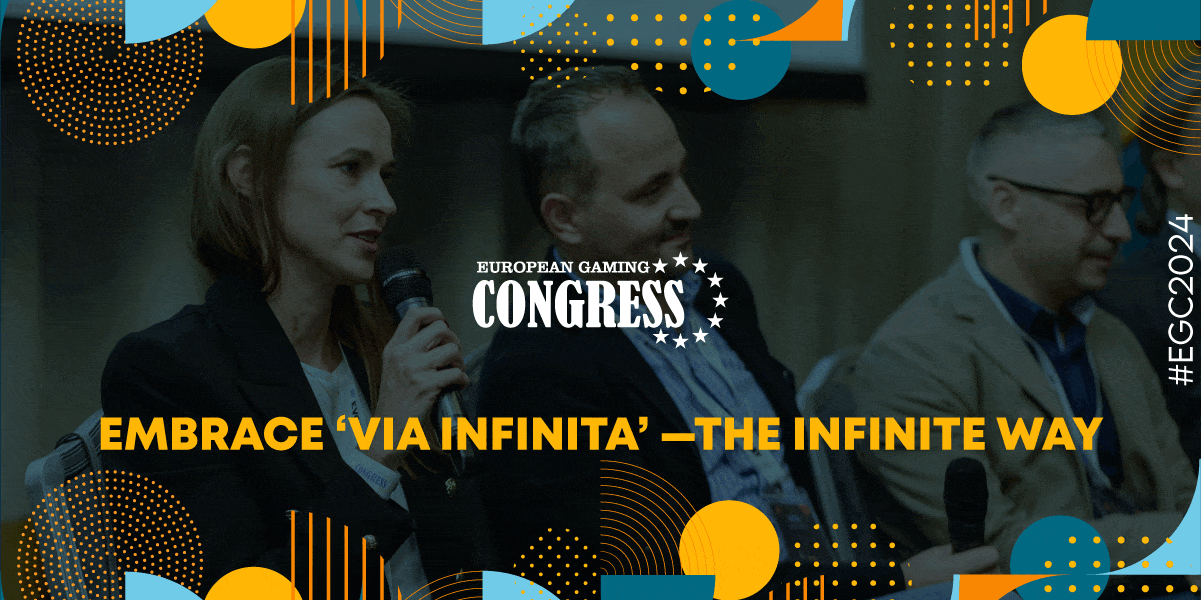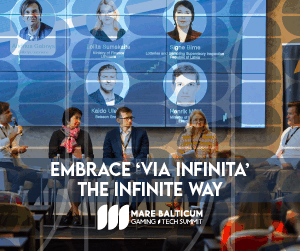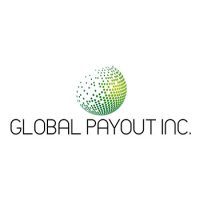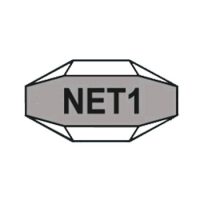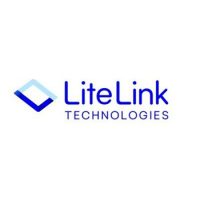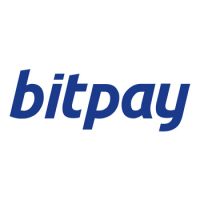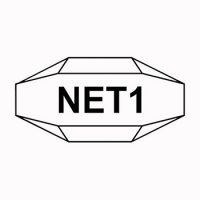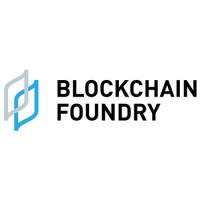Blockchain
Groundbreaking rules published to enable rapid resolution of blockchain and crypto legal disputes, as worldwide smart contract market expected to reach $345.4 million by 2026[1]

The UK Jurisdiction Taskforce of LawtechUK, chaired by Sir Geoffrey Vos, Master of the Rolls, has today published its Digital Dispute Resolution Rules designed to enable faster and more cost effective resolutions to legal disputes relating to novel digital technology such as crypto assets, smart contracts, and blockchain applications, and foster confidence amongst businesses in the adoption of these technologies.
The use of these technologies in business has rapidly gained in popularity in recent years. JP Morgan, for example, is just one of many large-scale corporations already regularly taking advantage of the use of smart contracts (self-executing contracts run on blockchain technologies that automatically process transactions without the need for a third-party). The business benefits of smart contracts are wide-ranging, including enhanced security, improved efficiencies, and cost reduction in the implementation (and automating performance of) contracts between parties.
However, until now, there has been little consistency in how legal disputes relating to these types of technologies should be resolved, leading to lengthier and more costly processes.
Drafted in extensive public and private consultation with lawyers, technical experts and financial services and commercial parties, the Digital Dispute Resolution Rules published today are designed to facilitate the rapid and cost effective resolution of disputes arising in the context of these technologies, and to foster industry confidence in their use.
One important feature of the Rules is that they allow parties to resolve their disputes by an arbitrator, rather than by a judge in court (which can be a more time-consuming and costly process). They have also been drafted to provide maximum flexibility to adapt to as yet undeveloped technologies, and to reach a resolution to disputes quickly and efficiently by arbitrators with appropriate technical expertise and enabling on-chain implementation of decisions.
The UK has been at the global forefront of developing the legal infrastructure to support the deployment of these nascent and evolving technologies. In November 2019 the UKJT published its well-received legal statement on the status of cryptoassets and smart contracts under English and Welsh law. The legal statement was a significant step by the UK towards legal certainty for blockchain technology and crypto assets. Furthermore, English law provides an established and familiar framework by reference to which rights in respect of digital technologies can be effectively established and enforced, and has an impressive track record of dealing with and adapting to technological developments.
Master of the Rolls, Sir Geoffrey Vos, chair of the UK Jurisdiction Taskforce and LawtechUK Panel member, commented: “I am delighted to welcome the publication by the UK Jurisdiction Taskforce of the ground-breaking Digital Dispute Resolution Rules. International business is rapidly adopting the use of digital documentation and on-chain smart contracts. The Rules aim to provide a process for speedy and cost-effective resolution of disputes originating digitally. They will hopefully give global businesses greater confidence to adopt and utilise new digital technologies.”
Jenifer Swallow LawtechUK Director at Tech Nation, comments: “Analogue ways of doing business will be widely restructured and digitised in the coming years, increasing efficiency and transparency. The smart contracts market alone is set to reach $345.4 million by 2026. Methods of dispute resolution must keep pace. The Digital Dispute Resolution Rules are a step change in that evolution and in enabling wider confidence and adoption of these technologies – underpinning those readily-available today and capable of adapting to those yet to be developed. This is an exciting next step in the UK’s leadership at the forefront of business, law and technology, and also demonstrates how simple legal processes can be.”
The UKJT will keep a close watch on how the Digital Dispute Resolution Rules are used, and will aim to consider whether further development or revision would be valuable within the coming year, based on user feedback.
The Digital Dispute Resolution Rules
The Rules are available for download here.
UK Jurisdiction Taskforce and LawtechUK
LawtechUK, a government-backed initiative within Tech Nation, is established to support the transformation of the UK legal sector through technology, for the benefit of society and the economy. Established in 2018 by the Secretary of State for Justice, the LawtechUK Panel, then the Lawtech Delivery Panel, are a group of leaders and experts from the public and private sectors working to achieve that objective and acting as the advisory board to LawtechUK.
The UKJT was established by the Panel as a taskforce to demonstrate that English law and the jurisdiction of England and Wales together provide a state-of-the art foundation for the development of distributed ledger technology, smart contracts and associated technologies.
The members of the UK Jurisdiction Taskforce (UKJT) are:
Sir Geoffrey Vos, Master of the Rolls and Chair of the UKJT
Lawrence Akka QC, Twenty Essex
Sir Nicholas Green, Chair of the Law Commission of England and Wales, as an observer
Richard Hay, Linklaters LLP
Peter Hunn, Accord Project
Mary Kyle, City of London Corporation
Matthew Smith, Financial Conduct Authority
Sir Antony Zacaroli, Justice of the High Court
The drafting team:
David Quest QC, 3 Verulam Buildings
Lawrence Akka QC, Twenty Essex
Anne Rose, Mishcon de Reya
Dorothy Livingston, Herbert Smith Freehills
Rory Conway, Linklaters
David McIlWaine, Pinsent Masons
Blockchain
Glidelogic Corp. Announces Revolutionary AI-Generated Content Copyright Protection Solution
Blockchain
Ethereum ETFs Aren’t Blockchain But Is A Revolutionary Tech: Top 6 Amazing Reasons To Invest In Them

The financial landscape is rapidly evolving, with the integration of blockchain technology and cryptocurrencies becoming more prominent. Among these, Ethereum ETFs (Exchange-Traded Funds) have emerged as a significant investment vehicle, offering exposure to the Ethereum blockchain’s native cryptocurrency, Ether (ETH), without requiring direct ownership. However, it’s crucial to understand that Ethereum ETFs are distinct from the blockchain itself and serve different purposes in the investment world.
Understanding Ethereum and ETFs
Ethereum: A decentralized platform that enables the creation and execution of smart contracts and decentralized applications (dApps). It operates using its cryptocurrency, Ether (ETH), which fuels the network.
ETF (Exchange-Traded Fund): A type of investment fund that holds a collection of assets and is traded on stock exchanges. ETFs can include various asset classes, such as stocks, commodities, or bonds.
Ethereum ETFs: The Intersection of Traditional Finance and Cryptocurrency
An Ethereum ETF provides a way for investors to gain exposure to the price movements of Ether without directly purchasing the cryptocurrency. This is achieved through an ETF structure, where the fund holds assets linked to the value of Ether, and investors can buy shares of the ETF on traditional stock exchanges.
Key Features of Ethereum ETFs:
- Indirect Exposure: Investors gain exposure to Ether’s price changes without needing to manage or store the cryptocurrency themselves.
- Regulatory Compliance: Unlike the relatively unregulated cryptocurrency market, ETFs operate under the oversight of financial regulators, offering a layer of investor protection.
- Accessibility: Ethereum ETFs are available through traditional brokerage platforms, making them accessible to a broader range of investors.
Why Invest in an Ethereum ETF?
- Diversification: Including an Ethereum ETF in a portfolio can provide exposure to the cryptocurrency market, potentially enhancing diversification beyond traditional assets.
- Convenience and Familiarity: ETFs are a familiar investment product, simplifying the process of investing in cryptocurrencies.
- Professional Management: ETF managers handle the investment decisions, including the buying and selling of assets, which can be advantageous for those less familiar with the cryptocurrency space.
- Regulatory Oversight: ETFs are subject to regulatory scrutiny, potentially offering more safety and transparency compared to direct cryptocurrency investments.
- Potential for Growth: As the cryptocurrency market grows, ETFs linked to assets like Ether may benefit from rising prices.
Key Differences Between Ethereum and Ethereum ETFs
While both are related to the Ethereum blockchain, Ethereum itself and Ethereum ETFs represent different forms of investment:
- Ethereum (ETH):
- Direct ownership of the cryptocurrency.
- Full exposure to Ethereum’s features, including staking and network participation.
- Traded on cryptocurrency exchanges.
- Highly volatile and largely unregulated.
- Ethereum ETF:
- Indirect exposure through shares representing Ether’s value.
- Traded on traditional stock exchanges under regulatory oversight.
- Offers a more stable and familiar investment structure.
- Typically lower volatility compared to direct cryptocurrency ownership.
Future Considerations for Ethereum ETFs
The approval and launch of Ethereum ETFs mark a significant milestone in bringing cryptocurrencies closer to mainstream finance. They offer a convenient and regulated means for investors to gain exposure to the growing digital assets market. However, they also come with limitations, such as not allowing direct participation in the Ethereum ecosystem’s innovations, like dApps and smart contracts.
As the market evolves, we may see more sophisticated financial products that better capture the full potential of the Ethereum ecosystem. For now, Ethereum ETFs provide a balanced option for those interested in cryptocurrency exposure within the framework of traditional finance.
In conclusion, while Ethereum ETFs offer a gateway into the world of digital assets, they should be viewed as complementary to, rather than a replacement for, direct investment in the underlying blockchain technologies. Investors should carefully consider their investment goals, risk tolerance, and the unique attributes of both Ethereum and Ethereum ETFs when making investment decisions.
Source: blockchainmagazine.net
The post Ethereum ETFs Aren’t Blockchain But Is A Revolutionary Tech: Top 6 Amazing Reasons To Invest In Them appeared first on HIPTHER Alerts.
Blockchain
Nexo Reaffirms Commitment to Data Protection with SOC 3 and SOC 2 Compliance
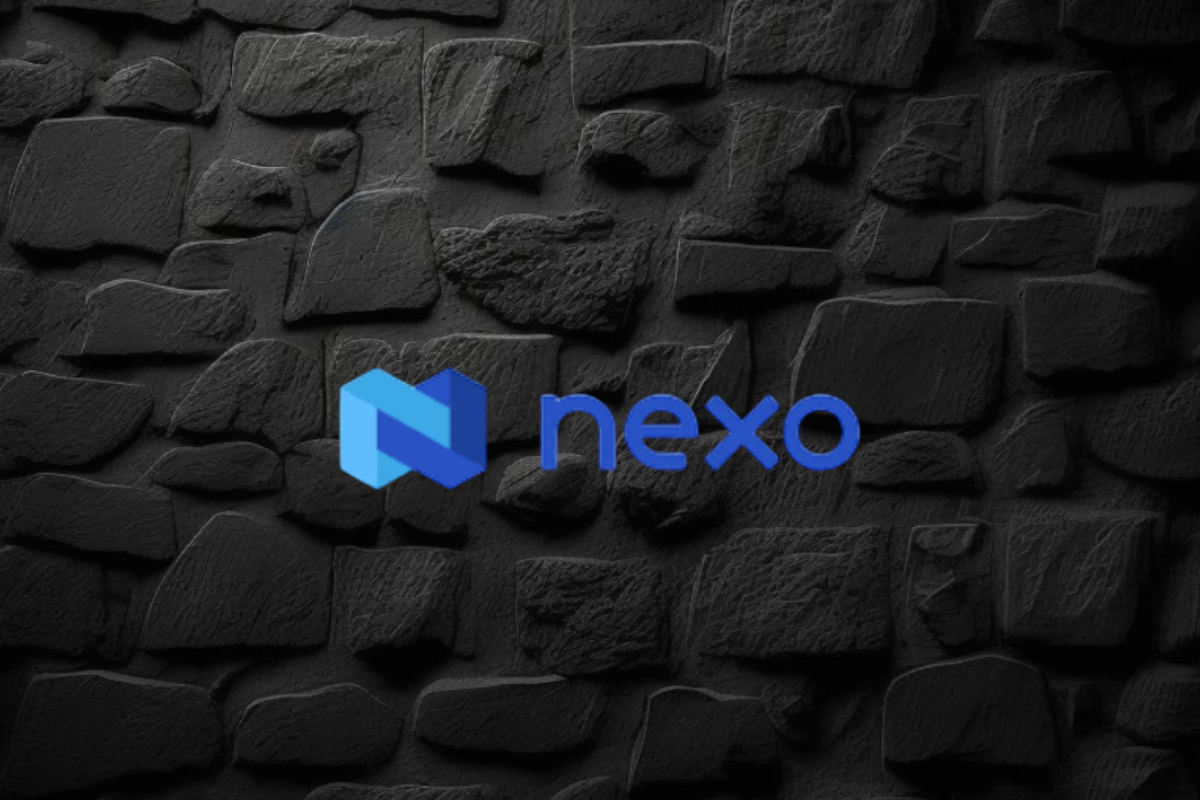
Nexo, a leading institution in the digital assets industry, has reinforced its commitment to data security by renewing its SOC 2 Type 2 audit and attaining a new SOC 3 Type 2 assessment without any exceptions. This rigorous audit process, conducted by A-LIGN, a respected independent auditor specializing in security compliance, confirms Nexo’s adherence to stringent Trust Service Criteria for Security and Confidentiality.
Key Achievements and Certifications
- SOC 2 and SOC 3 Compliance:
- SOC 2 Type 2: This audit evaluates and reports on the effectiveness of an organization’s controls over data security, particularly focusing on the confidentiality, integrity, and availability of systems and data.
- SOC 3 Type 2: This public-facing report provides a summary of SOC 2 findings, offering assurance to customers and stakeholders about the robustness of Nexo’s data security practices.
- Additional Trust Service Criteria:
- Nexo expanded the scope of these audits to include Confidentiality, showcasing a deep commitment to protecting user data.
- Security Certifications:
- The company also adheres to the CCSS Level 3 Cryptocurrency Security Standard, and holds ISO 27001, ISO 27017, and ISO 27018 certifications, awarded by RINA. These certifications are benchmarks for security management and data privacy.
- CSA STAR Level 1 Certification:
- This certification demonstrates Nexo’s adherence to best practices in cloud security, further solidifying its position as a trusted partner in the digital assets sector.
Impact on Customers and Industry Standards
Nexo’s rigorous approach to data protection and compliance sets a high standard in the digital assets industry. By achieving these certifications, Nexo provides its over 7 million users across more than 200 jurisdictions with confidence in the security of their data. These achievements not only emphasize the company’s dedication to maintaining top-tier security standards but also highlight its proactive stance in fostering trust and transparency in digital asset management.
Nexo’s Broader Mission
As a premier institution for digital assets, Nexo offers a comprehensive suite of services, including advanced trading solutions, liquidity aggregation, and tax-efficient credit lines backed by digital assets. Since its inception, the company has processed over $130 billion, showcasing its significant impact and reliability in the global market.
In summary, Nexo’s successful completion of SOC 2 and SOC 3 audits, along with its comprehensive suite of certifications, underscores its commitment to the highest standards of data security and operational integrity. This dedication positions Nexo as a leader in the digital assets space, offering unparalleled security and peace of mind to its users.
Source: blockchainreporter.net
The post Nexo Reaffirms Commitment to Data Protection with SOC 3 and SOC 2 Compliance appeared first on HIPTHER Alerts.
-

 Blockchain4 days ago
Blockchain4 days agoBinance Cleared to Invest Customer Assets in US Treasury Bills: What It Means for Crypto and Dollar Dominance
-

 Blockchain4 days ago
Blockchain4 days agoDeep Custodian Limited Obtains Hong Kong TCSP License, Authorized to Provide Compliant Crypto Asset Custody Services
-

 Blockchain2 days ago
Blockchain2 days agoBlockchain Intelligence Group adds additional modules and launches its Certified Cryptocurrency Investigator – Advanced Series
-

 Blockchain Press Releases2 days ago
Blockchain Press Releases2 days agoBybit Web3 Livestream Explores Cultural Meme Coins and Other Trends
-

 Blockchain3 days ago
Blockchain3 days agoBitAngels Network Hosts Blockchain Pitch Competition in Nashville
-

 Blockchain Press Releases2 days ago
Blockchain Press Releases2 days agoBybit Surges to Second Place in Derivatives Market, Solidifying Position as Global Crypto Trading Leader
-

 Blockchain3 days ago
Blockchain3 days agoCoinW Continues Expedition Trek And Double Down On Presence At ETH-Native Events
-

 Blockchain1 day ago
Blockchain1 day agoKevin O ‘Leary Addresses Crypto Investing, Ethereum ETFs, and SEC Chair in Recent Interview

